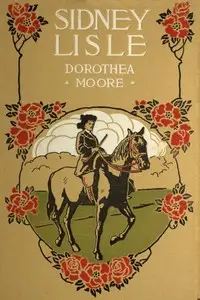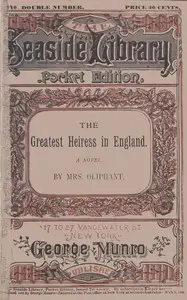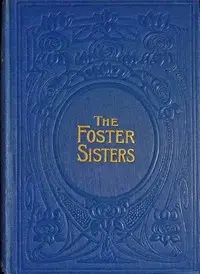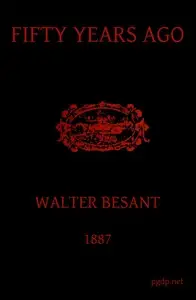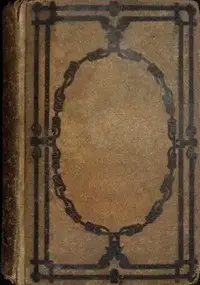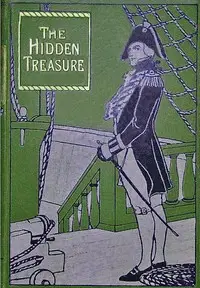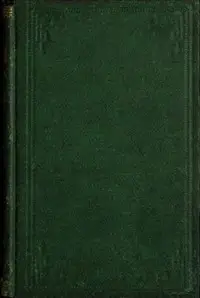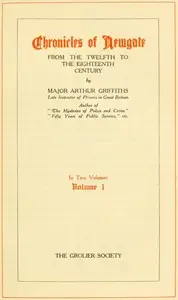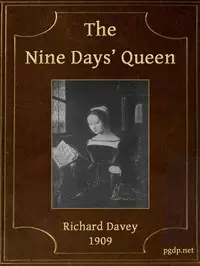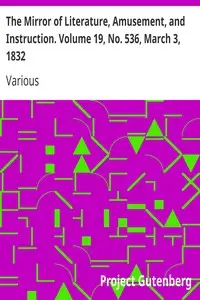"Loveday's History: A Tale of Many Changes" by Lucy Ellen Guernsey is set in 19th-century England, introducing Loveday, a young girl whose life dramatically alters when the convent she was supposed to enter is shut down, forcing her to relocate from a tranquil life in Somersetshire to her uncle's opulent London home. This transformation immerses Loveday in a world vastly different from her upbringing, navigating the complexities of city life, forming relationships with her cousins, and adapting to an affluent lifestyle. Through Loveday's experiences, the novel explores the religious and socio-political tensions of the period, as her uncle reflects on earlier times, shedding light on the challenges and character development that Loveday is destined to encounter in her new surroundings, against the backdrop of a rapidly changing world.
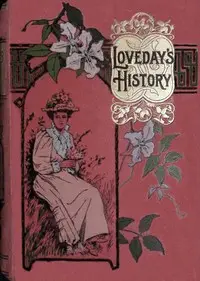
Loveday's history : $b A tale of many changes
By Lucy Ellen Guernsey
A young girl's sheltered life is upended by religious suppression, thrusting her into a world of wealth, family drama, and societal upheaval in bustling London.
Summary
About the AuthorLucy Ellen Guernsey was a 19th-century American author who lived in Rochester, New York. She was a strong proponent of early education and moral development in children, although she never had children of her own. Throughout her most productive years (1855–85) she wrote over 60 novels, most of which were published by the American Sunday School Union. She was an active member of the Rochester community; she founded the first sewing school for working-class children and was involved establishing the Home for Aged Women. She edited a popular religious publication, The Parish Visitor, taught an adult biblical class for Sunday School, and was the president of the Christ Church Missionary Society (1881–85).
Lucy Ellen Guernsey was a 19th-century American author who lived in Rochester, New York. She was a strong proponent of early education and moral development in children, although she never had children of her own. Throughout her most productive years (1855–85) she wrote over 60 novels, most of which were published by the American Sunday School Union. She was an active member of the Rochester community; she founded the first sewing school for working-class children and was involved establishing the Home for Aged Women. She edited a popular religious publication, The Parish Visitor, taught an adult biblical class for Sunday School, and was the president of the Christ Church Missionary Society (1881–85).

